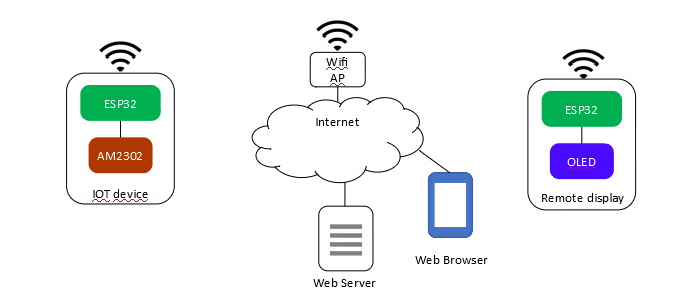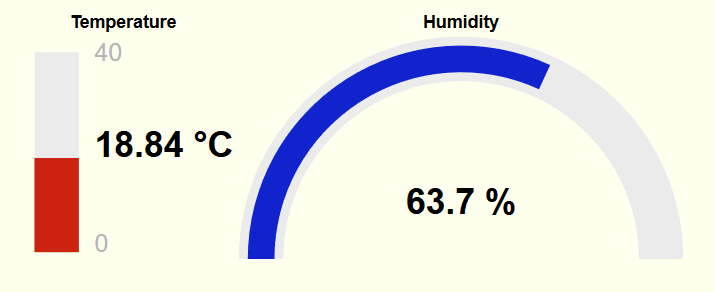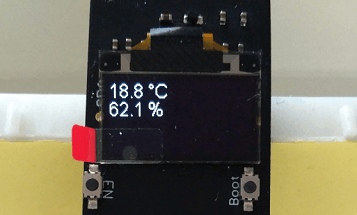Internet of things (IoT)
Internet of things (IoT) is a a network of smart devices, normally connected via IP network, without requiring human intervention. The purpose of IoT is to enable remote monitoring and execute automation using smart devices and appliances. Smart devices can have one or more features, like:
Smart devices communicates using protocols, usually based on IP protocol, like following: Some devices can support non IP protocols, e.g. Non-IP Data Delivery (NIDD) defined by 3GPP. Apart from the smart devices, an IoT solution uses a network and contains also other components, depending on protocols and functionalities. A web server is neeeded if the solution is based on HTTP. The web server can provide a dashboard to view the status of IoT devices and can also provide an automation logic to support advanced IoT functionalities. An MQTT broker is required if the solution is based on MQTT. The implementation of automation requires an additional server, an example is the Node.js server together with Node-RED to program the automation flows. IoT example based on HTTP
It is possible to implement a wide range of Internet-of-Things (IoT) applications with ESP32, thanks to its specific features. An example of IoT is to provide temperature and umidity via wireless interface. This example is based on the following items:

Demo
|

